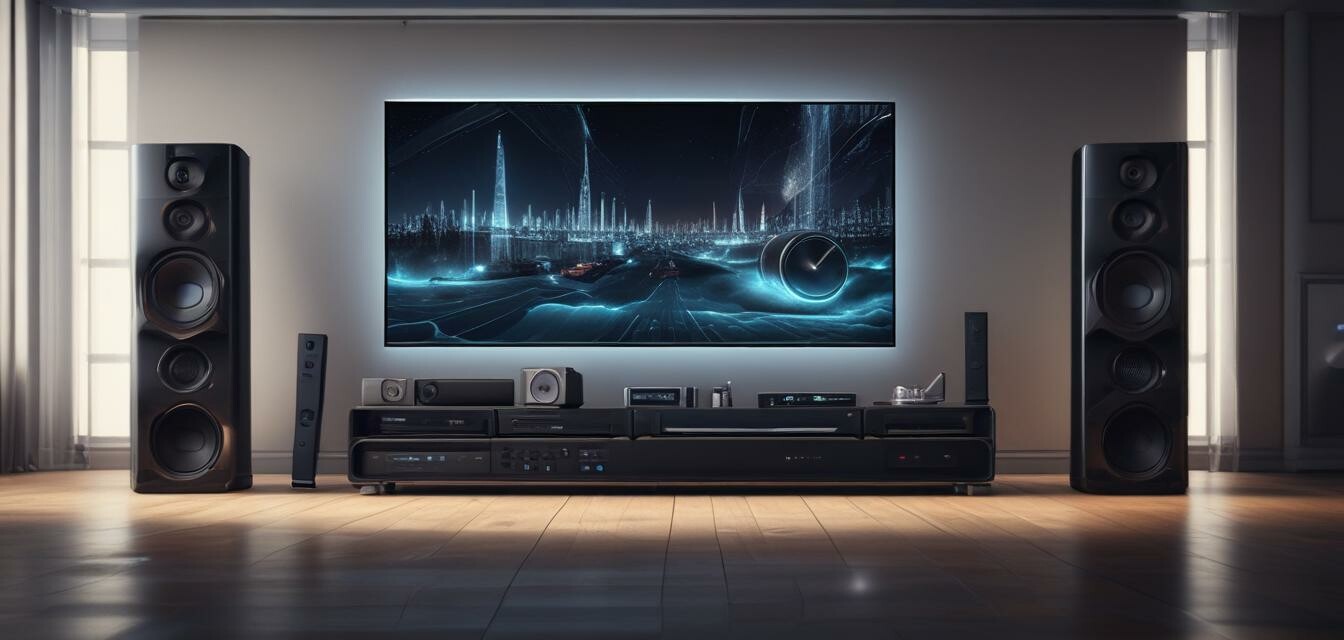
The Future of Audio: Trends to Watch for in 2026
Key Takeaways
- New technologies, including immersive audio formats, are set to revolutionize sound experiences.
- Wireless audio systems will continue to evolve, enhancing connectivity and convenience.
- Smart home integration will dominate consumer preferences in audio systems.
- Sustainability in manufacturing and design will become increasingly important.
- Consumer focus will shift towards personalized audio experiences with advanced sound customization options.
The audio landscape is on the brink of significant transformation as we look toward 2026. Advances in technology promise to enhance how we consume and interact with sound. This article explores the key trends that will shape consumer choices and experiences in the audio market.
1. Immersive audio experiences
As audio technology progresses, immersive sound formats will gain traction. Technologies such as Dolby Atmos and spatial audio are paving the way for a richer audio experience:
| Technology | Benefits |
|---|---|
| Dolby Atmos | Provides a three-dimensional audio experience, allowing sound to move around you. |
| Spatial Audio | Offers an immersive sound experience that enhances music and media through advanced positioning. |
2. Wireless and Bluetooth technology advancements
As we move toward 2026, the demand for wireless audio systems continues to rise. Here are some trends influencing this shift:
- Enhanced Bluetooth connectivity for seamless experiences.
- Lower latency for better synchronization with video content.
- Improved battery life for portable speakers and headphones.
Exploring different types of wireless audio systems
Consumers will be able to choose from a variety of audio systems that cater to their audio needs:
| System Type | Features | Ideal For |
|---|---|---|
| Portable Bluetooth Speakers | Compact, easy to carry, long battery life | Outdoor activities and traveling |
| Home Theater Systems | Surround sound, multiple speaker setups, immersive experience | Movie enthusiasts and gamers |
| Soundbars | Simplified setup, enhanced TV audio, sleek design | Casual viewers looking for better sound |
3. Smart home integration
As smart technologies become increasingly intertwined with our daily lives, audio systems will follow suit. Smart speakers and sound systems will offer:
- Voice control for convenience and accessibility.
- Integration with home automation systems, allowing synchronization with lighting, temperature, and other devices.
- Seamless updates to ensure compatibility with the latest apps and services.
For more insights on smart speakers, check out our News and Trends category.
4. Sustainability in audio technology
With rising environmental concerns, audio manufacturers are taking sustainability seriously by focusing on:
- Eco-friendly materials for speaker and component manufacturing.
- Energy-efficient designs that reduce overall energy consumption.
- Recyclability in product packaging and speaker components.
5. Customization and personalization
As consumers seek more tailored audio experiences, customization will be a key trend by 2026:
- Advanced sound profiles that adapt to individual listening preferences.
- Equipped applications providing a range of equalization settings.
- Personalized sound experiences through AI-driven technology.
Conclusion
The future of audio is bright, driven by innovations that enhance user experiences and maintain responsibility toward the environment. As we move toward 2026, staying informed about these trends will empower consumers to make educated choices that suit their needs and preferences.
Pros
- Enhanced sound quality and immersive experiences.
- Convenience of wireless systems.
- Better integration with smart home setups.
Cons
- Potential for higher costs with advanced technology.
- Dependence on compatible devices for optimal performance.
- Challenges in sustainability for some manufacturers.
Stay updated with the latest audio trends
To follow the most recent developments in the audio market, bookmark our Buying Guides section for tips on choosing the right audio equipment that fits your lifestyle.